On 14 October, Australia will vote in a referendum that has been decades in the making. The outcome of that referendum will set the course of Indigenous and non-Indigenous relations for a generation.
Polls suggest that No will win an overwhelming majority and the country will reject the offer on the table; to acknowledge Aboriginal and Torres Strait Islander people as the first people of the nation we now call Australia in the constitution and, in doing so, create a Voice to Parliament.
The campaign now coming to a close has largely been dominated by division, misinformation, and empty platitudes — on both sides. Many Australians are simply fed up with the whole thing. They don’t really understand it, they don’t really care, and they see it as either personally irrelevant or, worse, risky.
The truth is that the Voice to Parliament has the potential to change everything — for the better. If we vote against it, we deny ourselves and our children the opportunity for a more harmonious, equal, and fair country. We won’t get a second chance.
The 97% of the population who aren’t Aboriginal and/or Torres Strait Islander will be making the decision for the 3% who are. While The Voice is aimed primarily at creating better policies to help close the gaps in healthcare, education, and attainment for Aboriginal and Torres Strait Islander people, it also has the potential to better infuse our society with the knowledge of the oldest living culture on the planet.
Ahead is long-term crystal ball gazing for how that vote could actually affect the majority.
How Will The Voice to Parliament Work?
First up, the model for The Voice has not been finalised. Exactly how it will work is up to Parliament to decide and this level of detail can’t be written into the constitution.
However, there are design principles that will likely end up informing the initial organisation. The leading and most detailed plan would see the creation of 35 local and regional Voices, plus the federal one.
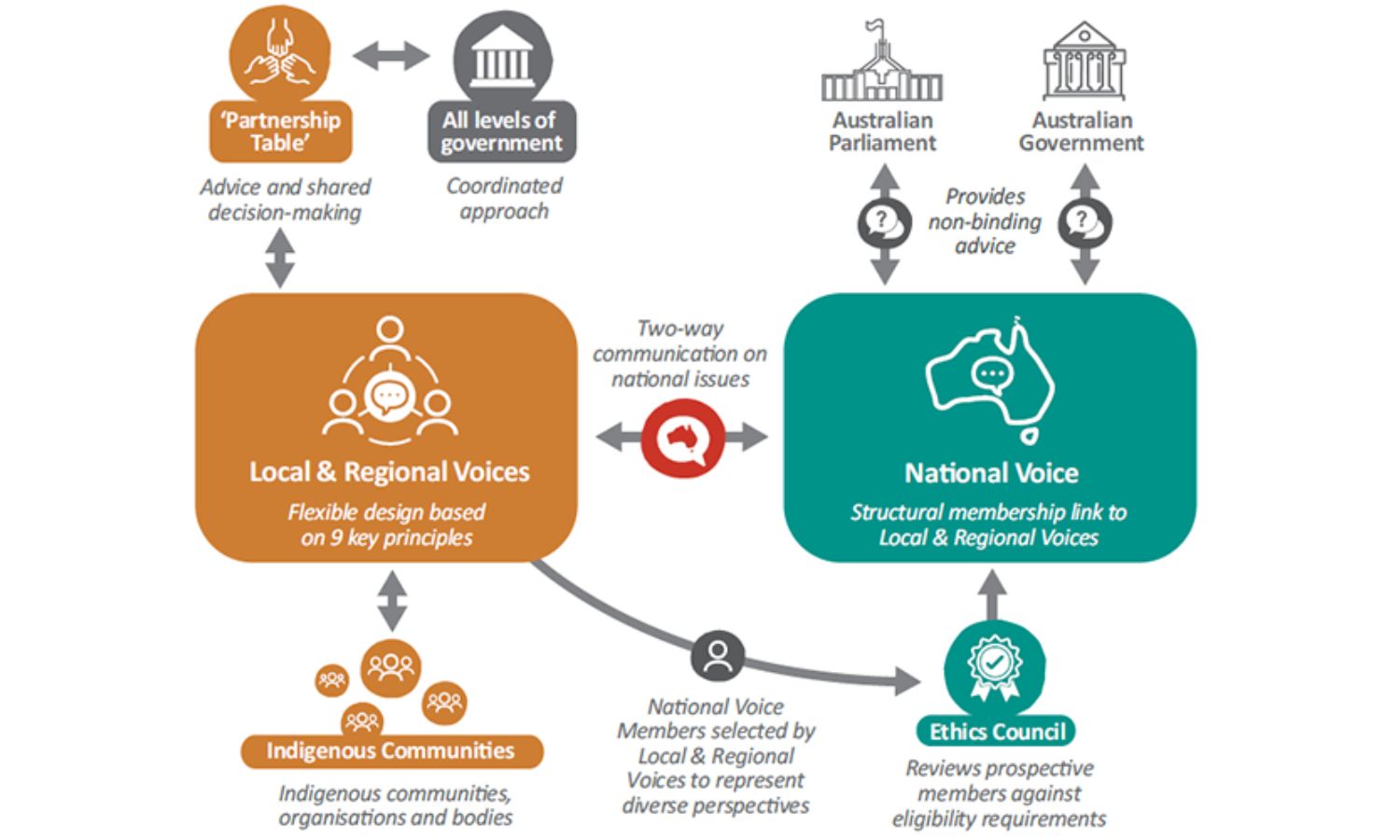
Members of these Voices would be selectively chosen by Aboriginal and Torres Strait Islander communities to serve fixed terms. Serving members would be gender and age-balanced and subject to anti-corruption rules just like any other governmental body.
Advice will be sought from these Voices from all levels of government on how best to design laws so that they remove barriers and empower Aboriginal and Torres Strait Islander people in all aspects of society.
What Will the Voice to Parliament Do?
The Voice to Parliament will advise. It will have no budget to manage and will not be responsible for implementing programmes. It has no veto power and can’t pass legislation.
Still, if we consider how a society that receives informed advice on how best to solve issues affecting Aboriginal and Torres Strait Islander people could differ from the present, this is what it might look like.
How The Voice Could Help Save the Environment
If We Vote Yes
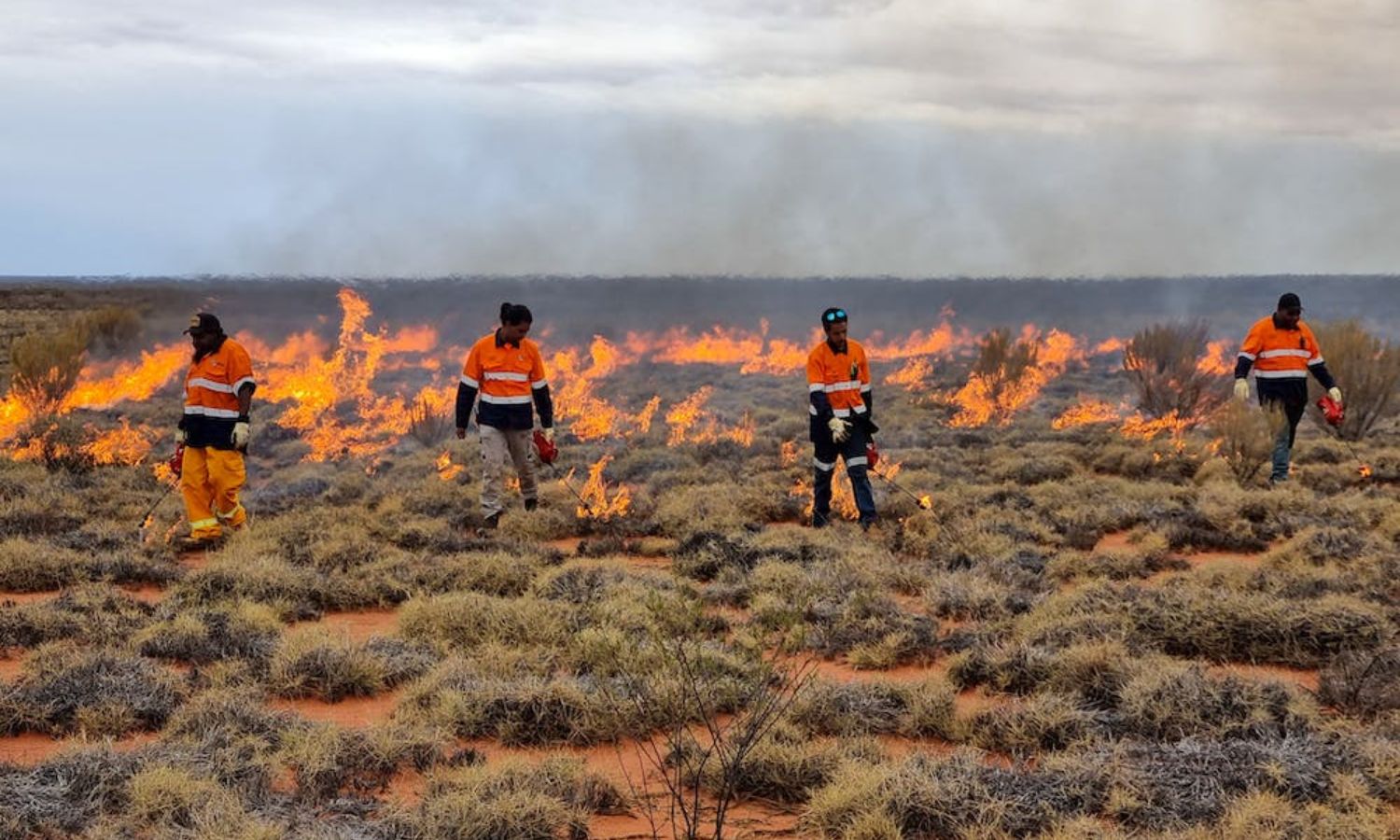
Australia is one of the world’s leaders in biodiversity loss. We’re driving species to extinction, allowing world heritage sites like the Great Barrier Reef to die, and logging old-growth forests faster than almost anywhere on the planet.
Indigenous people have been the custodians and protectors of these lands and waters for well over 60,000 years and their knowledge in looking after it has systematically been ignored, leading to devastating loss.
With a Voice, communities would be able to speak directly to governments to inform them of protections needed to better look after the place. These protections could stop disasters like the ongoing decimation of ancient sacred sites before they happen. Around a third of Aboriginal land is under mining exploration and the concerns of Aboriginal people are frequently ignored in these negotiations.
“[It is] our organisation’s experience that Aboriginal and Torres Strait Islander peoples’ voices strengthen Australia’s environmental future and must be at the table — at the highest levels.” — WWF Australia
“Empower us and you empower yourselves — no group of people are more invested in caring for the environment and keeping it healthy than Indigenous peoples.” — Australia State of the Environment Report 2021.
If We Vote No
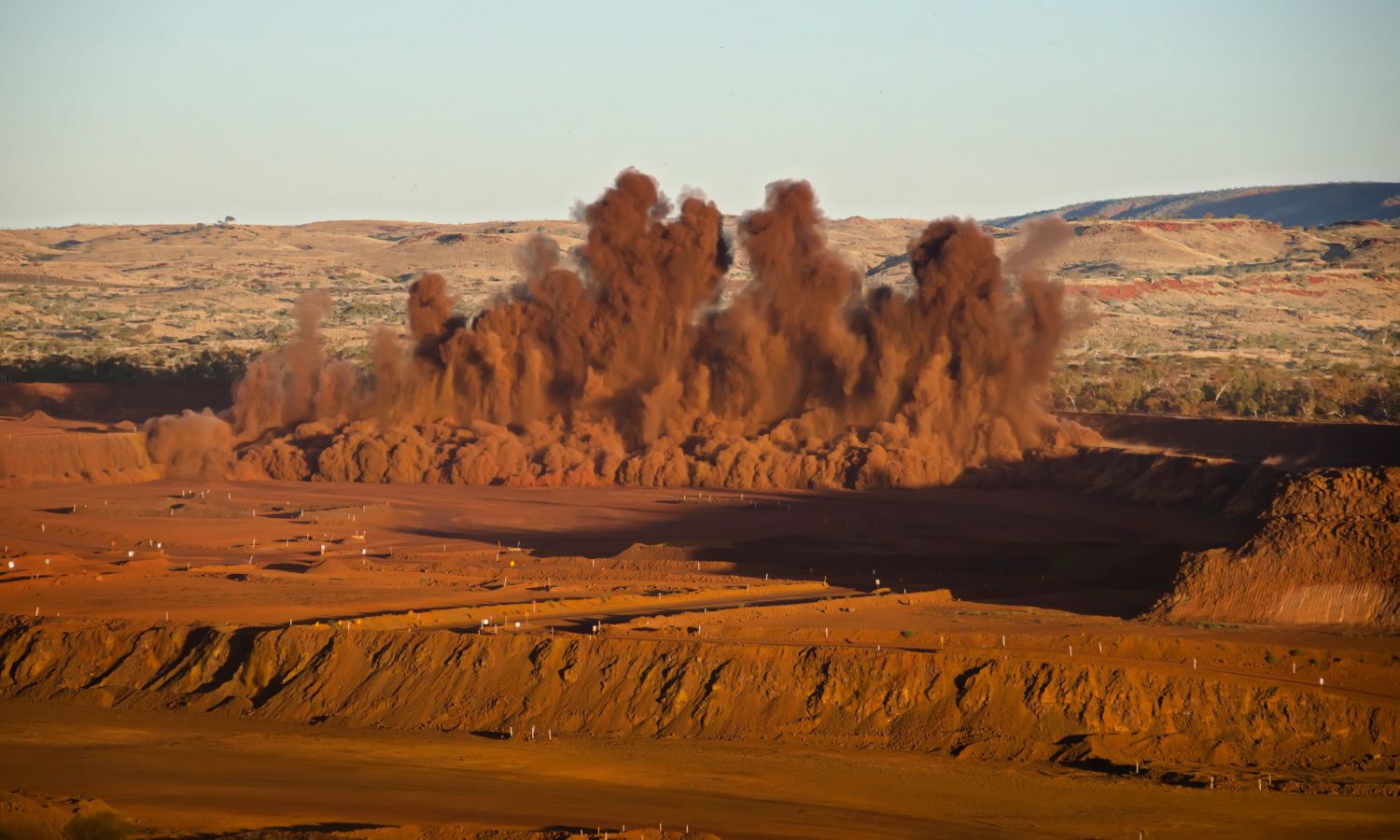
In 2020, Rio Tinto blasted a 46,000-year-old site in Juukan Gorge in Western Australia that had genetic ties to the present-day Puutu Kunti Kurrama people. Rio apologised, said “never again,” and their chairman resigned. Laws were put in place to stop a repeat happening but, as of August, they are now being repealed and, just last month, Rio damaged another sacred site in WA. However, they have denied any damage was caused.
It’s not the only mining company failing to listen to Indigenous people. Indigenous groups are challenging fossil fuel and forestry actions right across the country. Without a Voice, those groups remain disempowered, fractured, and without the ear of governments, meaning environmental degradation will continue to happen.
Emergency Leaders for Climate Action, a group of former senior Australian firefighters, have said that “Indigenous knowledge is fundamental to effective land management and to reducing disaster risks, particularly to Indigenous communities”. We know that bushfires have increased since colonisation and, with a warming climate, saying No will likely mean more devastation and destruction.
How The Voice Could Make Australia a More Equal Society
If We Vote Yes
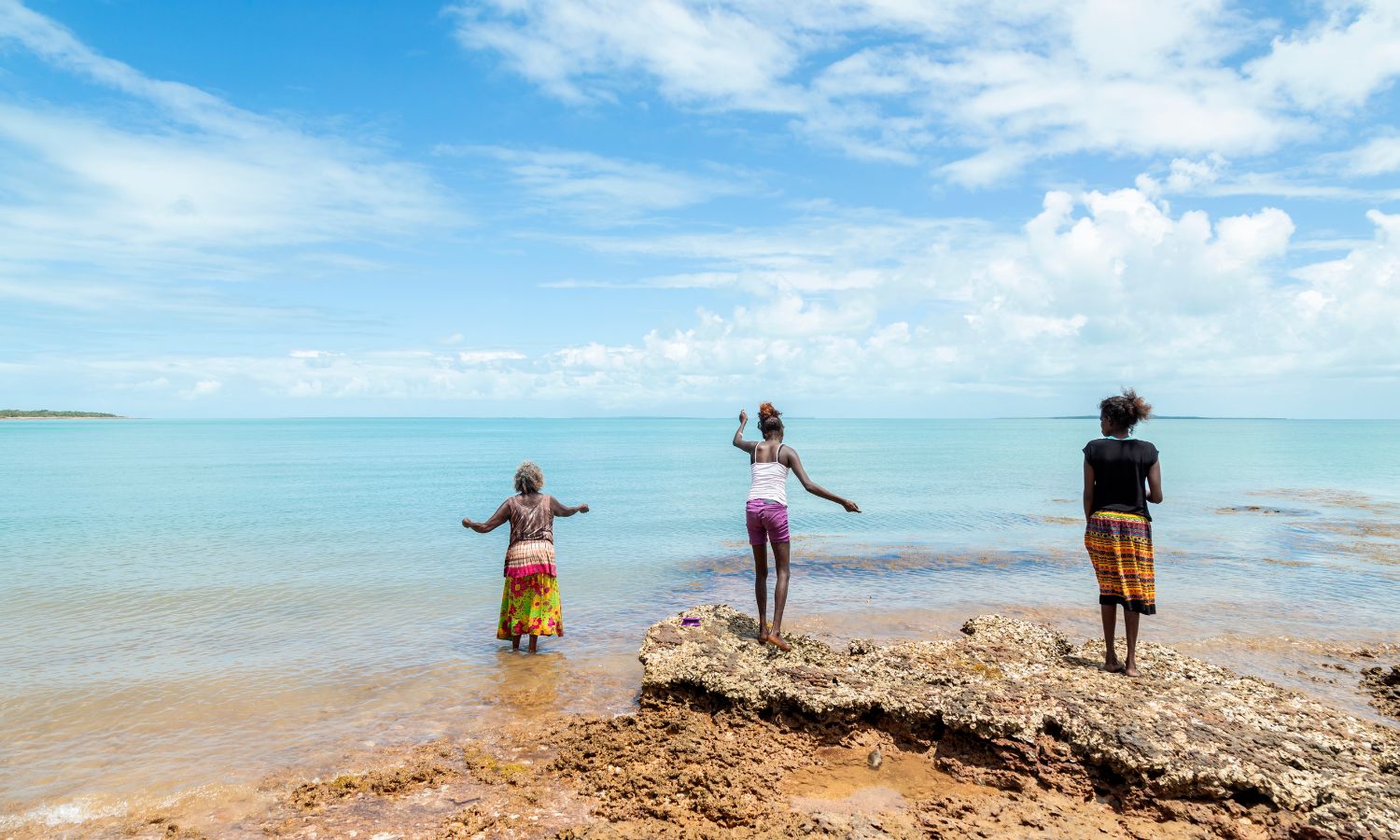
On almost any equality metric you measure it, Australia is one of the most racially unequal societies on the planet.
The lack of equality of opportunity for Aboriginal and Torres Strait Islander people has resulted in significant health, education, and employment discrepancies.
On average, Indigenous Australians can expect to live eight years less than non-Indigenous Australians. They are far more likely to die by suicide and, despite being just 3% of the general population, make up nearly 30% of the prison population — making them the most incarcerated people on Earth.
This is the bread and butter of what the voice aims to solve by getting greater insight from the people affected on these topics.
The Voice, by itself, won’t solve these issues. But it will be the start of trying something new, rooted in the empowerment of Indigenous people, that could lead to far better change than we have so far seen.
If We Vote No
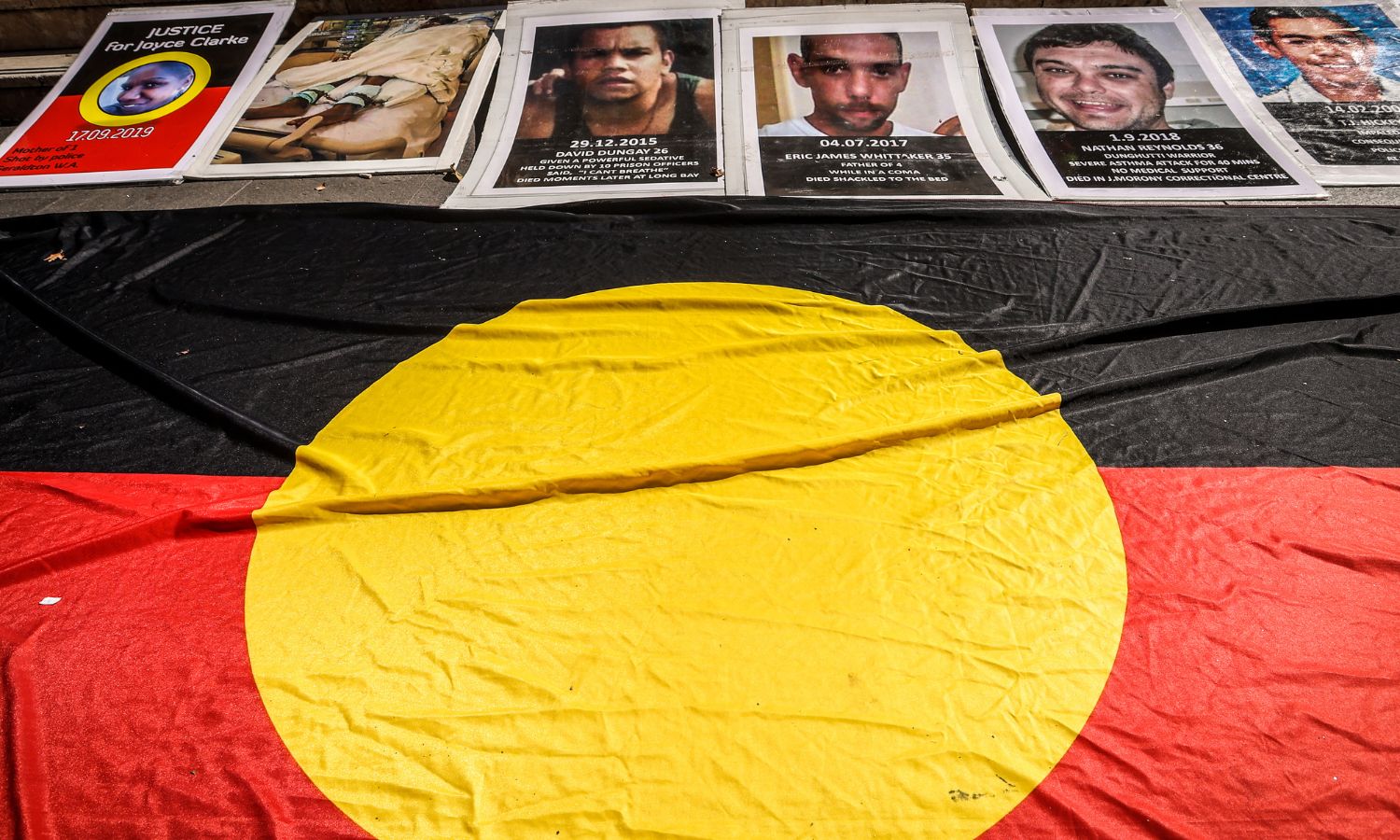
Australia is the only Commonwealth country to have never signed a treaty with its Indigenous people. It is also the only country in the world that already allows its Parliament to make laws for people based on their race, which they have done and can do for Aboriginal and Torres Strait Islander People. No continues to deny them a say on those laws.
International and domestic human rights groups, including the United Nations, have routinely picked Australia up on these points, calling our policies toward Indigenous people “disturbing, alarming, and deeply troubled.”
When the Close the Gap goals were adopted in 2008, Australia was spending $27 billion per year on services relating to Aboriginal and Torres Strait Islander people. Today, we’re spending roughly $40 billion a year — around 6% of the budget — and yet we are barely any closer to closing the gaps than we were 15 years ago.
That’s because decisions over where 86% of that money is spent are made by non-Indigenous people. What is frequently referred to in reports on Closing the Gap projects is the fact that programmes are often badly tailored to the communities they are supposed to help. Voting No would continue to see Australia spending blindly and getting very little in return while Indigenous people continue to struggle.
How The Voice Could Affect Your Sporting Code
If We Vote Yes
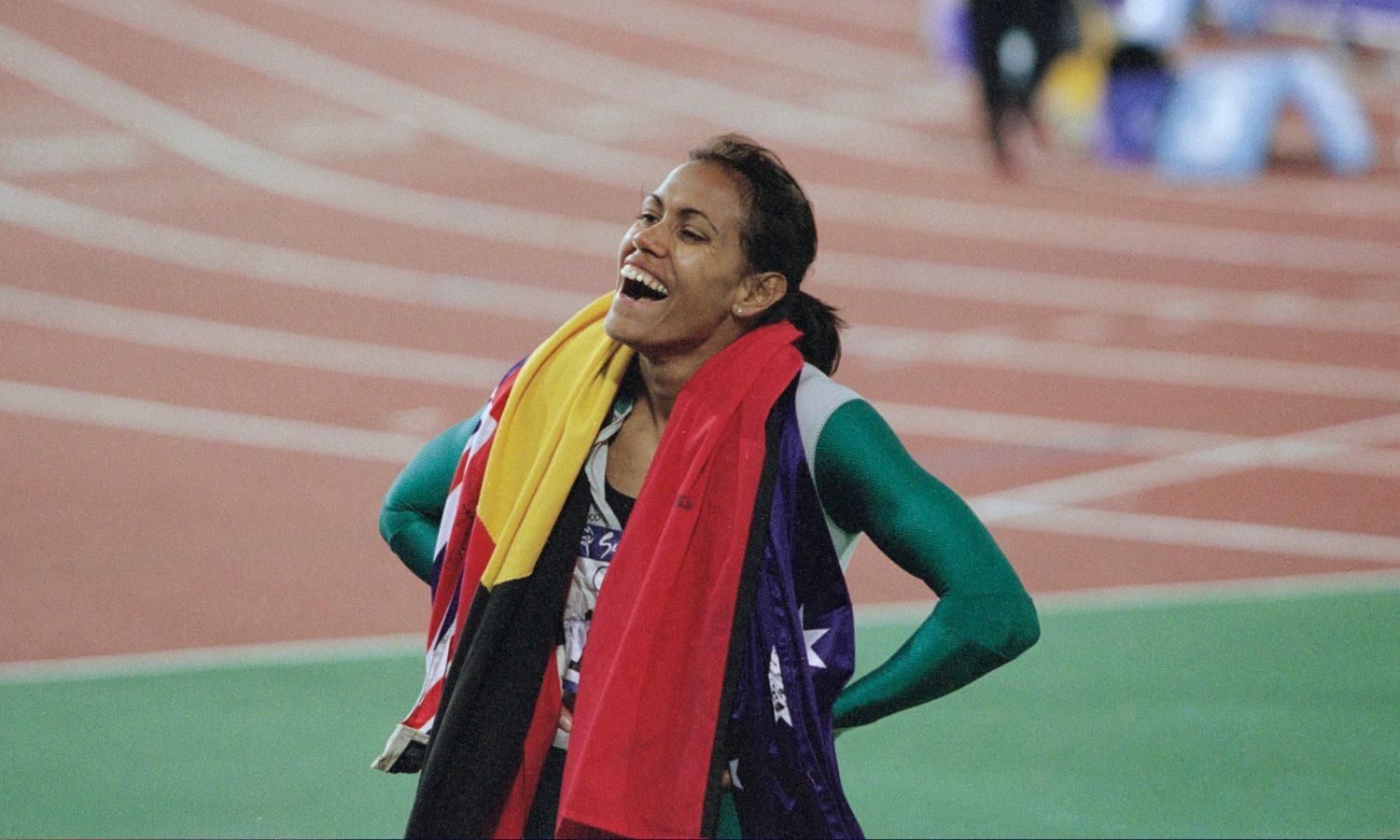
Australia prides itself on its sporting achievements and, indeed, some of our all-time greatest athletes are Indigenous; Adam Goodes, Cathy Freeman, and Ash Barty. AFL, it’s been said, was inspired by the Gunditjmara game, Marngrook.
Aboriginal and Torres Strait Islander people are overrepresented in most sporting codes. However, there are still barriers to access that deny many opportunities to play.
44% of Indigenous people live in regional areas where sports facilities are often limited. Outreach programmes, to encourage participation, are often poorly designed and not in conversation with communities.
The Closing the Gap report made increasing sporting participation one of its key recommendations and, as of yet, it has failed to deliver. With a Voice, we’d be better placed to give those on the ground what they need and, in return, could see even more stars added to the list above.
It’s little wonder then that over 20 sporting codes — including The AFL, NRL, Rugby Australia, Football Australia, Netball Australia, Tennis Australia and Cricket Australia — have come out in support of the Voice.
If We Vote No
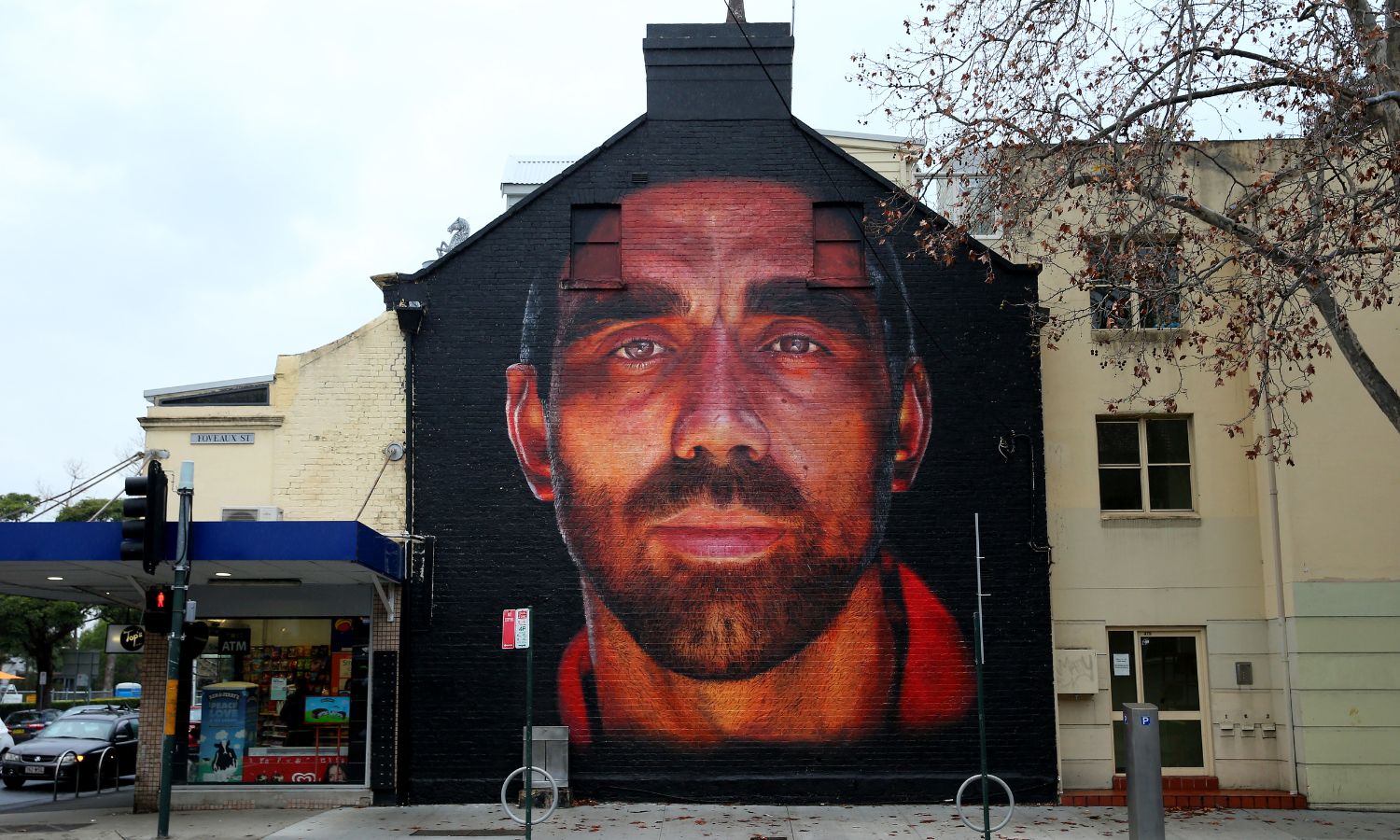
Adam Goodes, Nicky Winmar, and Eddie Betts will tell you that Australian sport is still full of racism and stereotypes. There have long been concerns that ‘Indigenous rounds’ are tokenistic, box-ticking, performative spectacles that Black people are forced to go through to demonstrate their code’s commitment to ‘reconciliation’ in lieu of actual change.
Because change does need to happen. Sport has a long and dark history of excluding, blocking, and belittling Indigenous people as well as being used to assimilate and teach “white values.” While we’re a little beyond that, the policing of the behaviour and prejudice that Indigenous stars face echoes much of this assimilation ideology.
A 2021 report found at least 63 barriers to accessing sports that contribute to not only poor health outcomes but a loss to national professional achievement as well. Repeatedly, the report noted that properly funded sports programmes designed in collaboration with communities on the ground would be likely to overcome these barriers. With a Voice, getting that collaboration would be far simpler.
How The Voice Could Affect Your New Favourite Film or TV Show
If We Vote Yes
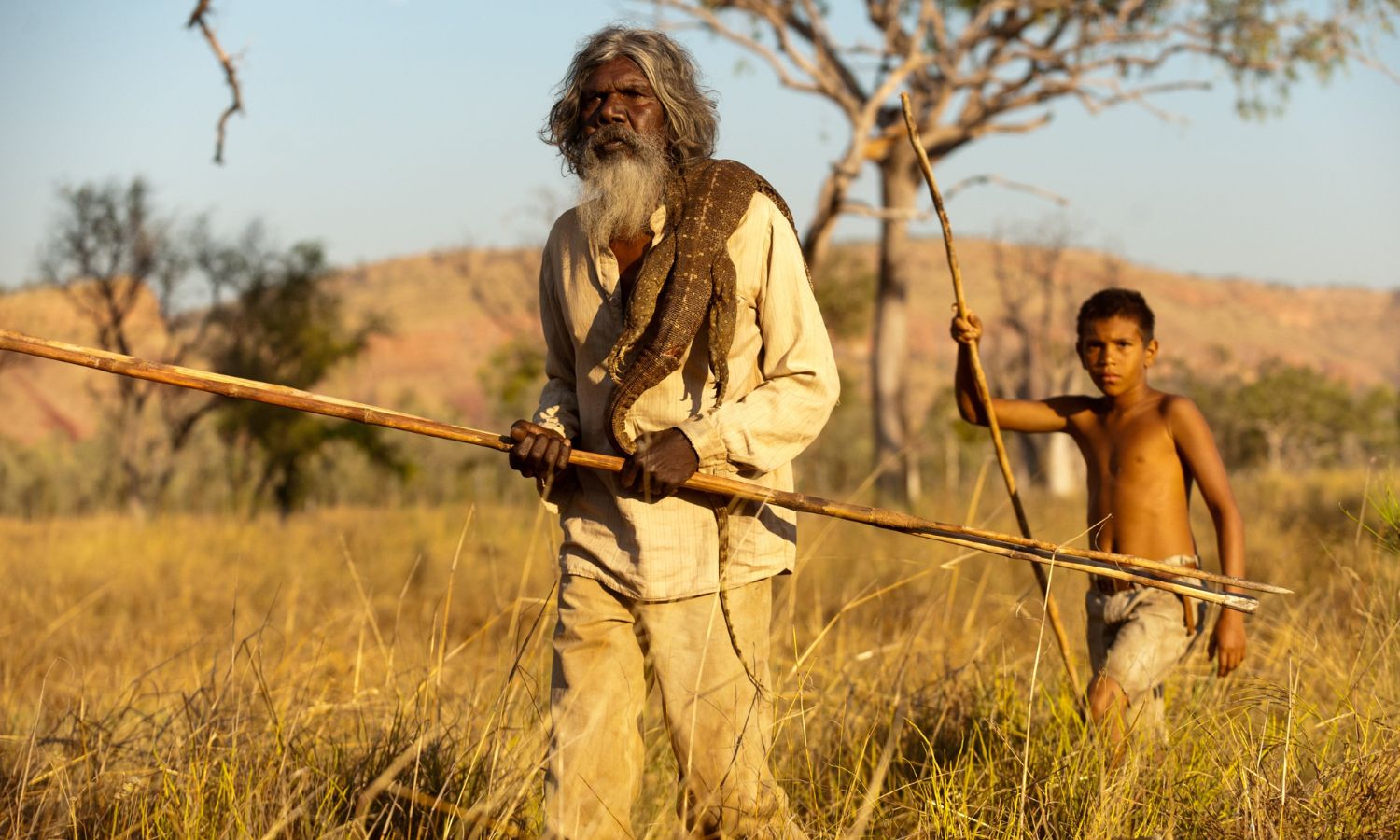
Screen Australia has found that First Nations representation has increased in Australian film and TV from 3.8% to 7.2% between 2016 and 2021.
However, it’s taken three decades of enormous advocacy and consultative work to get to this point. Even with that, First Nations characters and stories are still typically concentrated on particular shows. Indigenous people are also more likely to be represented as having unskilled jobs, having supernatural powers, and as criminals.
There’s still a lot of work to be done and, if we had had a Voice, it’s possible much of this could have been done sooner and more effectively. A 2022 First Nations Media Australia report recommended funding schemes for Indigenous creators and greater collaboration with Indigenous experts to improve representation, something a Voice could advocate for.
“All Australians benefit because it adds so much more cultural richness to our screens,” Screen Australia’s Head of First Nations Angela Bates said.
If We Vote No
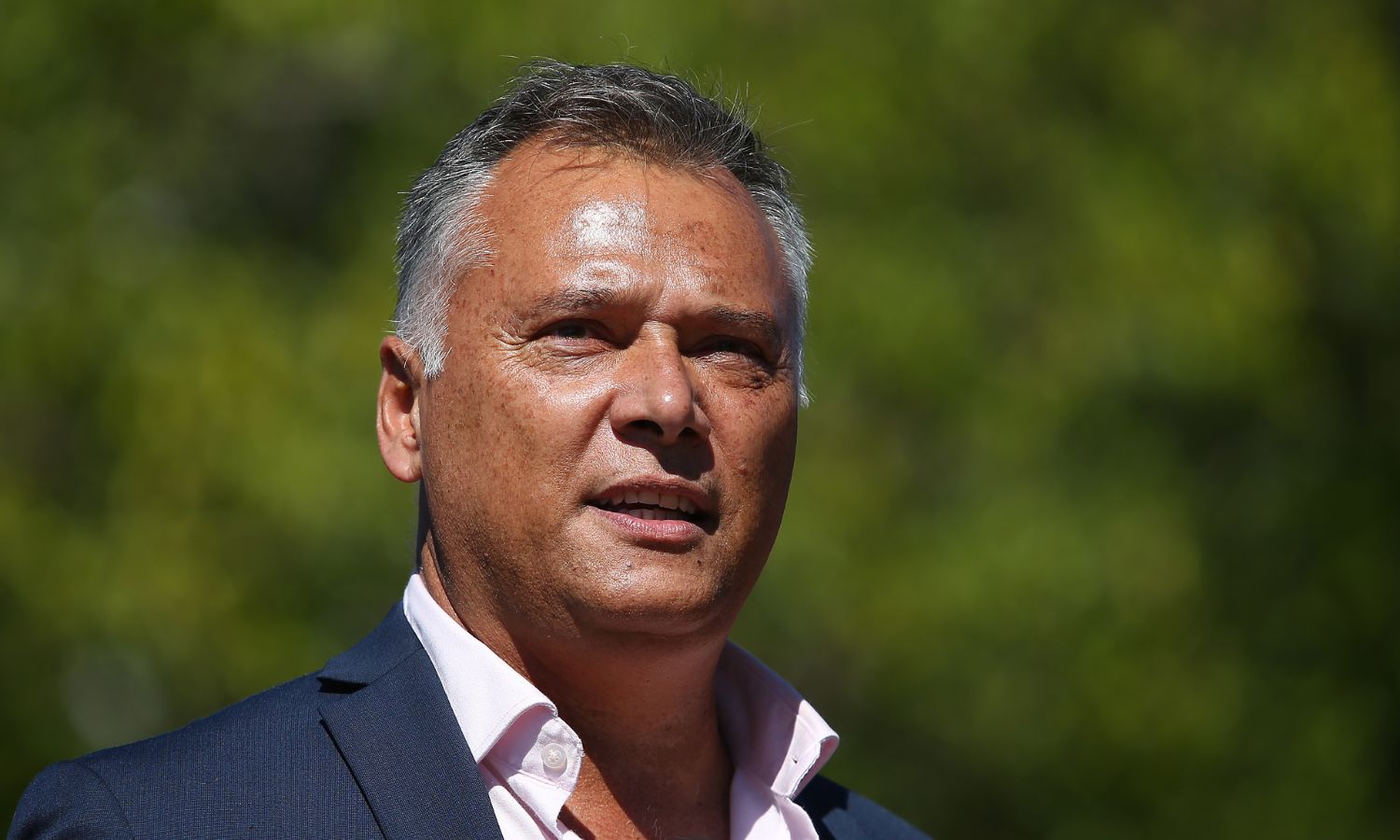
That racism in the Australian media landscape exists is no surprise. Stan Grant, famously, walked away from the ABC owing to “grotesque” racial abuse. “We, the media, are part of the problem,” he said.
Indigenous representation in film and TV has often been clumsy and outright offensive. While SBS and NITV were built in the absence of a Voice, if we vote No, it’s likely that progression beyond “surface-level inclusion” in entertainment will slow.
Worse, this progress could even stall given First Nations creatives may be unlikely to want to contribute to a society that has shown it doesn’t want to hear from them — further denying Australia the richness of these cultures.
How The Voice Could Affect Your Favourite Restaurants and Supermarkets
If We Vote Yes
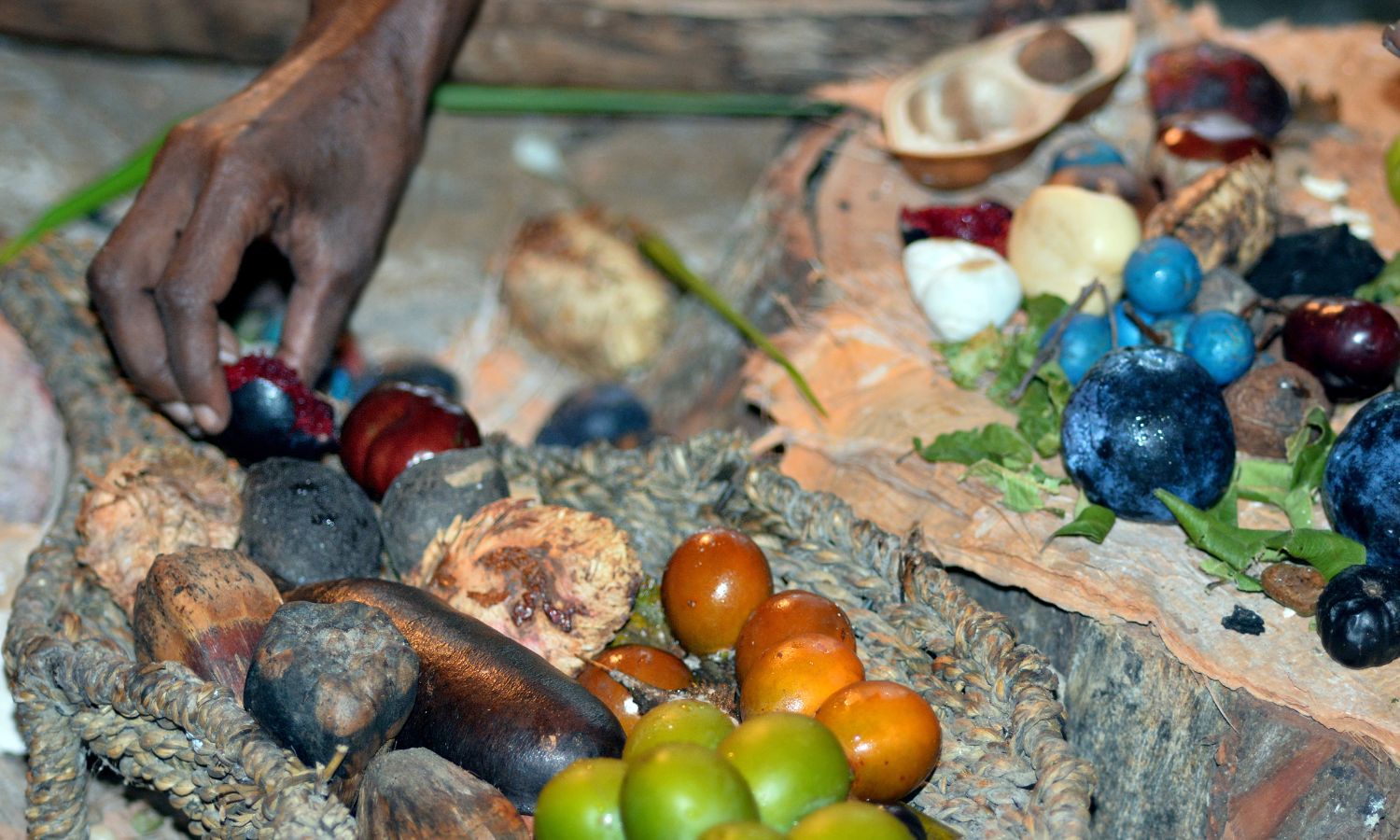
There are reportedly some 6,500 native foods in Australia but, by 2019, only 13 of them were certified by Food Standards Australia New Zealand. This means we’re missing out on thousands of potentially incredible flavours.
The reason we use so little is because we have yet to commercially develop the means for mass production of these ingredients. This is because, although there has been a boom in interest in native foods, only 1% of the production of that food actually involves Indigenous people.
Some experts have argued that a national diet of mainly European-imported ingredients makes us unable to fully embrace our identity as Australians in this land. “I don’t think we’ve had an Australian cuisine yet,” Bruce Pascoe has said.
With a Voice, Indigenous-led native food projects might be more likely to receive funding and government support, meaning Australia could, at last, achieve a distinct national cuisine.
If We Vote No
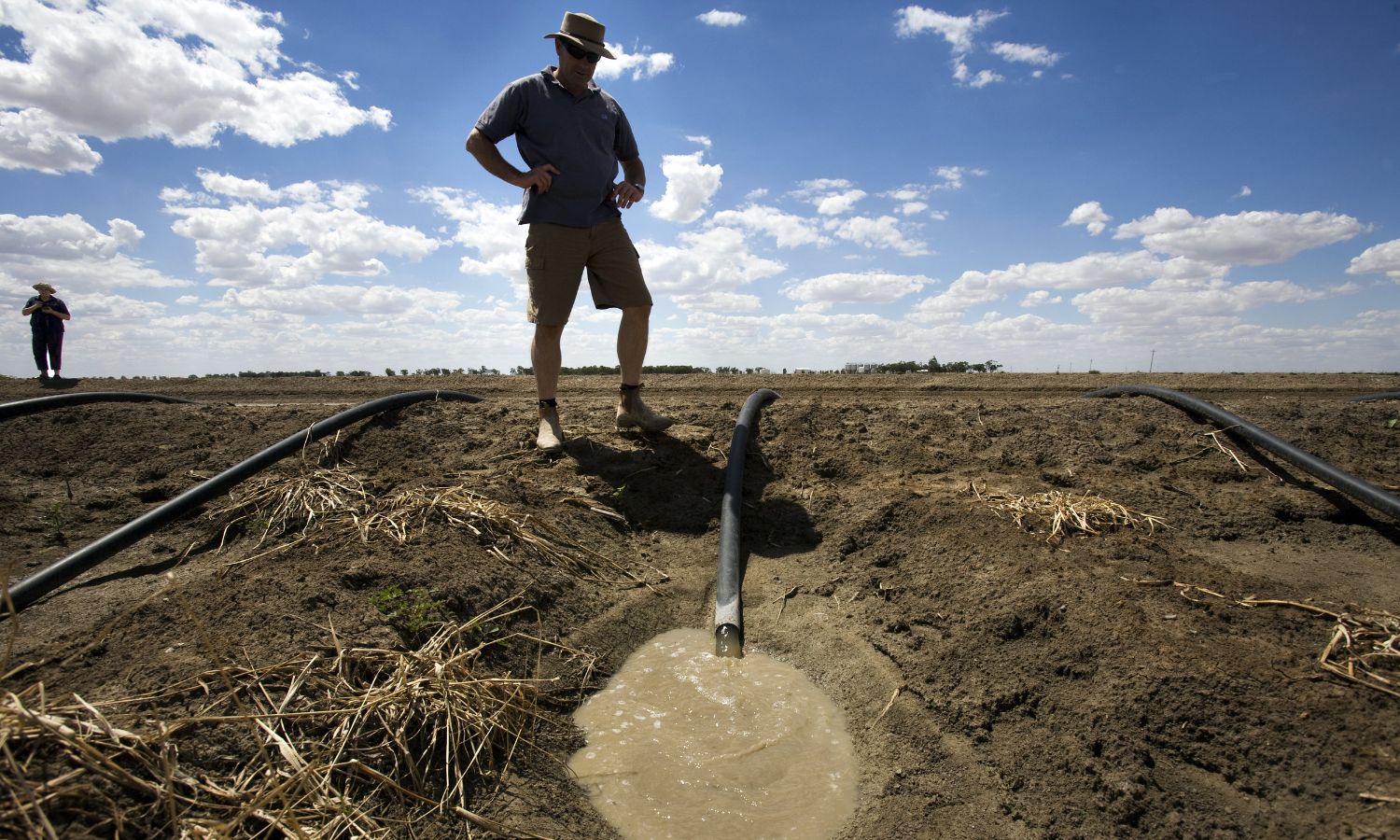
Efforts to introduce Non-Indigenous Australia to the culinary delights of First Nations people have been ongoing since at least the 1980s. To this day though, a lack of funding and support has meant that supply chains for native ingredients have never been developed.
A lack of legal protection has even resulted in foreign companies attempting to trademark native ingredients. It’s an accident waiting to happen and means we could lose the right to produce food that is far more likely to withstand the effects of climate change than our European imports.
While there are commercial programmes working to address these issues, a Voice could advocate for systemic change. It could recommend the government ratify the Nagoya Protocol — giving fair and equitable benefits to Indigenous people for the use of their traditional knowledge — and the adoption of ethical guidelines for the use of bush food.
How The Voice Could Affect Australia’s Next Great Technology Innovation
If We Vote Yes
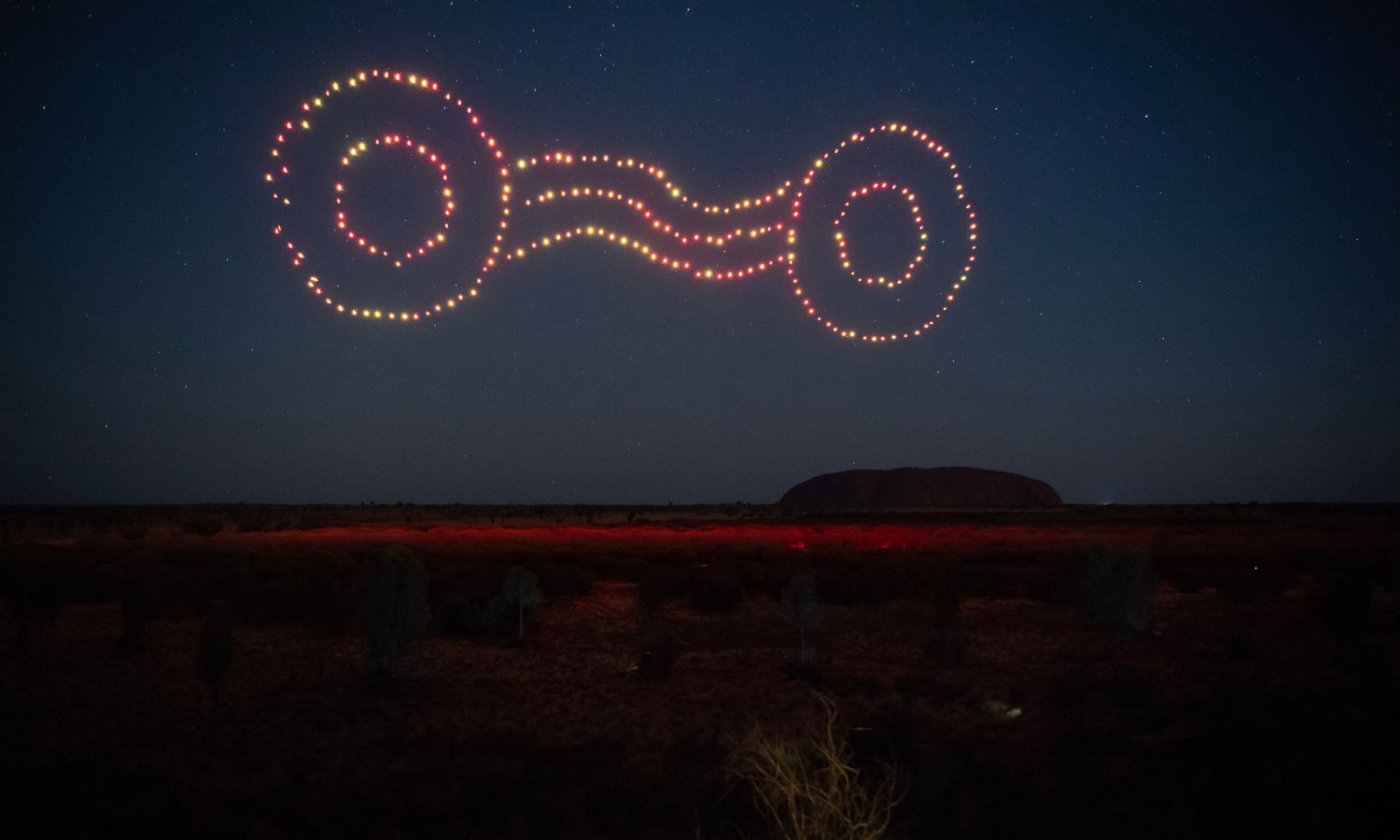
Australia is ranked third last out of 64 developed countries when it comes to entrepreneurialism and innovation. A lack of investment in technology and development has been blamed for faltering productivity levels while Australia imports most of its best and brightest. And yet, Indigenous knowledge is considered to be an “untapped” resource.
The country has to adapt to a changing climate and empowering Indigenous people to share their knowledge is essential to doing that, the World Economic Forum has said.
Beyond adaption, it makes economic sense too. Traditional understandings of the pharmaceutical properties of native plants, for example, is thought to be highly valuable. Just one of the thousands of medicinal plants native to Australia has a global market of over $700 million.
As Marcia Langton has pointed out, Indigenous people are already using technology effectively in their communities. In the Northern Territory, Indigenous knowledge has been adapted with artificial intelligence and drones to control the spread of invasive plants.
“Science alone won’t lead to economic development; partnerships and deep collaboration are needed across all levels of government and with Indigenous peoples,” CSIRO’s Future Industries portfolio, Director Kirsten Rose, has said.
If We Vote No
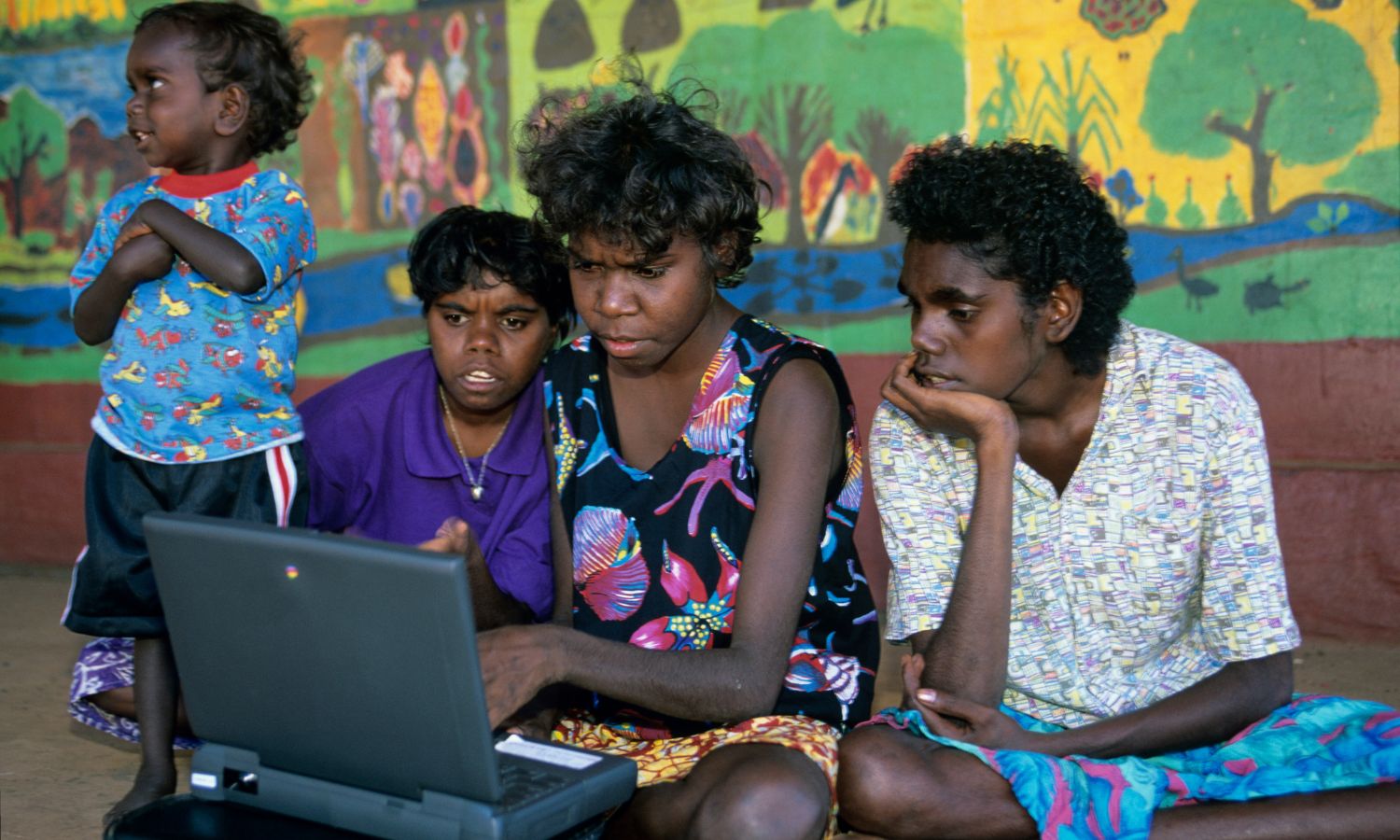
Australian Strategic Policy Institute (ASPI) indigenous engagement specialist Dion Devow has said that Indigenous people are particularly suited to STEM — given that some grow up speaking “eight or nine” languages — but are “woefully” failed by short-term pilot training programmes that fail to build trust or common ground in their communities.
Without a Voice, short-term, top-down thinking will continue to deliver poor outcomes — like the fact that, in 2016, there were just 1,000 Indigenous people working as technology specialists in Australia, the vast majority of them men.
Indigenous people were the country’s first scientists, using technology to trap, hunt, and fish for thousands of years. David Unaipon, the man on the $50 note, filed 19 patents, including one for the basis of modern sheep shears — incredibly important in an economy that wool played a leading role. Inspired by the boomerang, he also laid down the foundations for the invention of the helicopter.
Fixing health, education, and employment outcomes is the basis for innovation and a strong economy. By continuing to deny Indigenous people the opportunities to showcase their talents, we’re potentially missing out on the next David Unaipon.
If You Don’t Know, Now You Know
We’re already living in the land of No. Nothing changes if nothing changes.
While the work will only just be beginning on 15 October if the Voice succeeds, it will at least provide Australia with a real pathway to make this a country that addresses the injustices of the past while striving toward a better future.
Saying ‘the voice doesn’t really affect me so why would I vote for it?’ assumes that Aboriginal and Torres Strait Islander people have little to no impact on the way you live your everyday life — but that’s not true.
They’re your favourite musicians, media personalities, and sports stars. They influence the stories we hear and the ones we tell about our nation. The Voice affects you because it will make change for the better possible. It’s an idea that has come from Indigenous people after decades of consultation. Not all think it’s a great idea, but most do.
Indigenous organisations have been working for positive change right across the country for decades already. A Voice would simply make processes that already exist more effective and more efficient.
There are fewer than a million Aboriginal and or Torres Strait Islander people in this country. The problems they face began with the arrival of non-Indigenous people and continued through massacres, the White Australia policy, the stolen generation, and mass incarcerations.
Non-Indigenous people have had 230 years to fix these problems. Maybe if we heard from the people who didn’t cause the problems in the first place, we might get somewhere.
If Australia votes No on 14 October, nothing will change. We will continue to drive around blindly in circles as money pours from the open boot. If Australia votes Yes, we will start to actually get some sense of direction and head towards a far deeper, richer understanding of ourselves as a whole.
Resources
The Voice to Parliament: All The Basics You Need to Know
The Australian Electoral Commission Has All the Information You Need on Where and How to Vote
The Uluru Statement From the Heart One Page Document and the 26-Page ‘Our Story’ Context that Has Been Confused as a ‘Hidden’ Document
The Indigenous Voice to Parliament Co-Design Process Final Report and the Indigenous Law Centre’s Response and Voice Design Principles
The Guardian’s Voice to Parliament Poll Tracker
Fact Check of the Yes and No Campaign Leaflets
Related: Breaking Down the Official Yes and No Campaigns for the Voice to Parliament
Related: Early Voting Opens for the Indigenous Voice to Parliament Referendum
Read more stories from The Latch and subscribe to our email newsletter.







